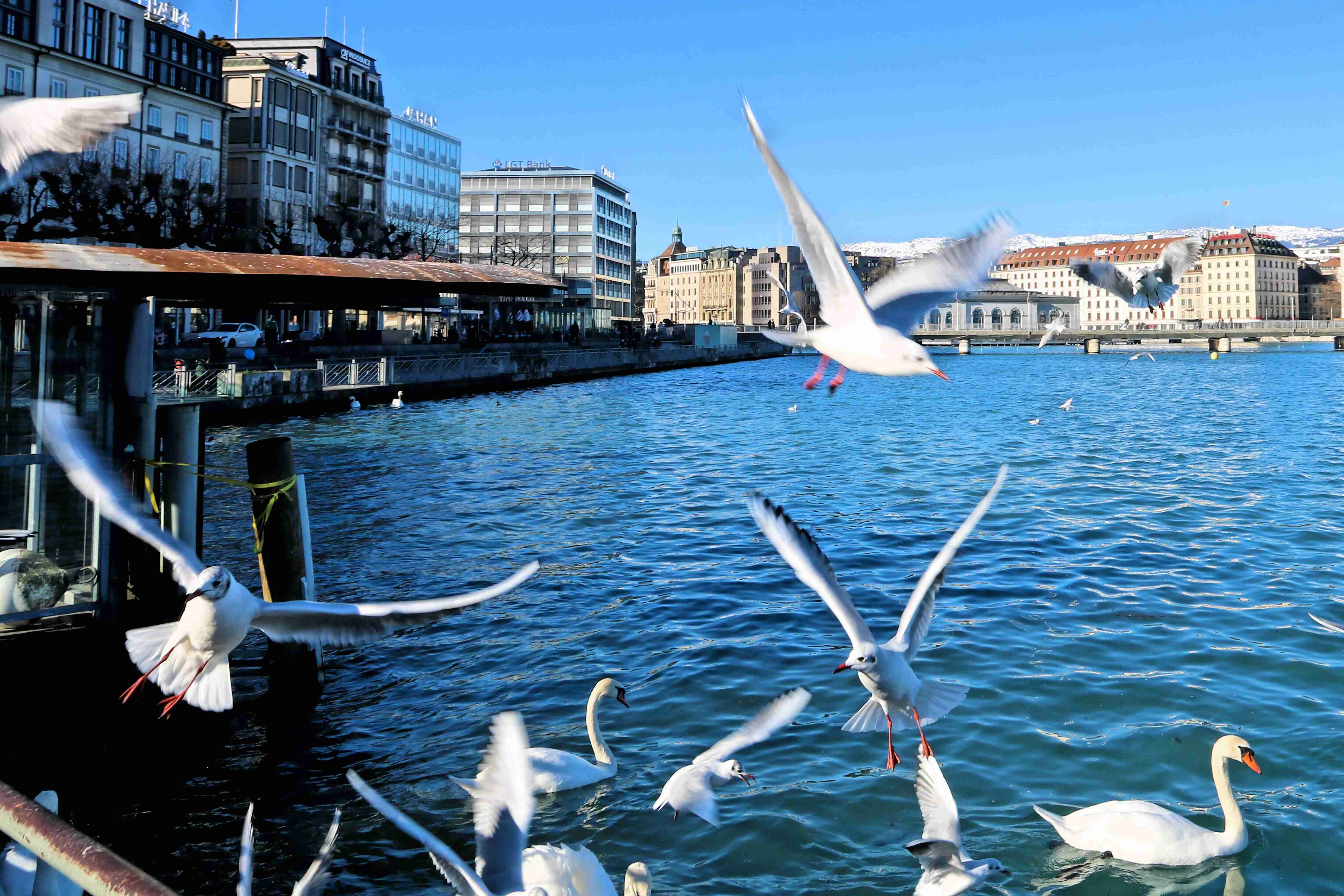

Understanding the Historical Context of the Russia-Ukraine Conflict: A Comprehensive Overview
The Russia-Ukraine conflict is a complex issue that has deep historical roots. To understand its historical context, we need to examine key events and factors that have shaped the relationship between these two countries.
The Soviet Union and the Breakup
The conflict can be traced back to the breakup of the Soviet Union in 1991. With the collapse of the USSR, Ukraine gained independence and became a sovereign nation. However, this transition was not without challenges.
One of the main points of contention was Crimea, a region with a predominantly ethnic Russian population. In 1954, Crimea was transferred from the Russian Soviet Federative Socialist Republic to the Ukrainian Soviet Socialist Republic. This decision, made by Soviet leader Nikita Khrushchev, became a source of tension later on.
The Orange Revolution
In 2004, Ukraine experienced the Orange Revolution, a series of protests against electoral fraud and corruption. The pro-Western movement led to the election of Viktor Yushchenko as President. This event signaled a shift towards closer ties with the European Union and NATO, which Russia viewed as a threat to its influence in the region.
The Annexation of Crimea
In 2014, Russia annexed Crimea following a controversial referendum. Russia argued that it was protecting the rights of ethnic Russians in Crimea, while Ukraine and the international community condemned the annexation as a violation of international law.
The annexation of Crimea further escalated tensions between Russia and Ukraine. It led to a pro-Russian separatist movement in Eastern Ukraine, particularly in the regions of Donetsk and Luhansk. The conflict in these regions has resulted in a significant loss of life and displacement of people.
The Role of Energy
Energy has also played a significant role in the conflict. Russia has used its control over natural gas supplies to Ukraine as a means of exerting political pressure. Disputes over gas prices and unpaid bills have further strained the relationship between the two countries.
International Response
The international community has been involved in efforts to resolve the conflict. The United States and the European Union have imposed economic sanctions on Russia in response to its actions in Ukraine. Diplomatic negotiations, such as the Minsk Protocol and Minsk II agreement, have been attempted to bring about a peaceful resolution, but the conflict remains unresolved.
Understanding the historical context of the Russia-Ukraine conflict is crucial in order to grasp the complexities and underlying factors that have contributed to the current situation. By examining the breakup of the Soviet Union, the Orange Revolution, the annexation of Crimea, the role of energy, and the international response, we can gain a comprehensive overview of this ongoing conflict.
Related Posts
© 2025 Invastor. All Rights Reserved

User Comments